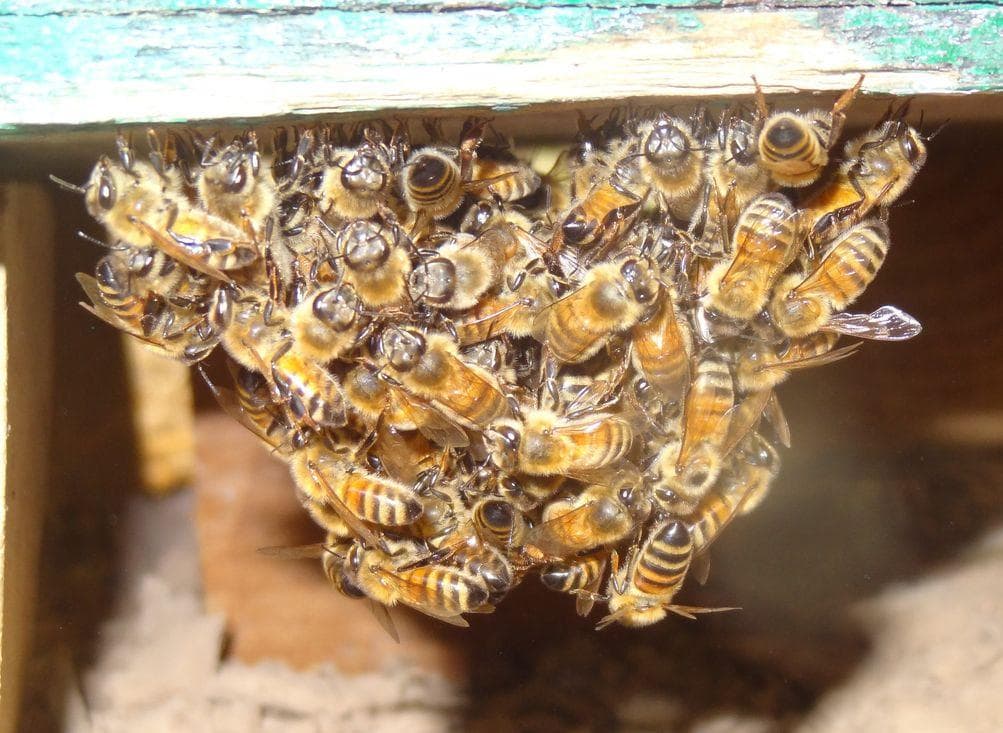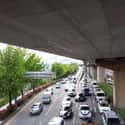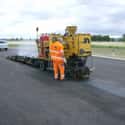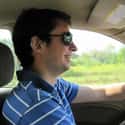-
(#7) Most Drivers Don't Understand The Zipper Merge
Done correctly, the zipper merge can be the commuter's best friend. Unfortunately, few understand how the zipper merge is supposed to work. This is how journalist Sam Machkovech explains the late merge, also known as the zipper merge:
"It works as follows: in the event of an impending lane closure, drivers should fill in both lanes in equal measure. Within a few car lengths of a lane ending, both lanes' cars should take turns filling in the open lane and resume full speed."
The operative words here are take turns. A lot of drivers, seemingly under the impression that driving is some sort of bloodsport, are totally unwilling. Taking turns and letting others into your lane is the secret of zipper merging, and it could reduce traffic mightily if more motorists mastered it.
-
(#6) There Are Too Many Cars
There's no getting around the fact that there are too many cars and not enough road. More cars plus limited space naturally equals increased traffic congestion. This is a major problem for most large cities around the world. In Beijing, for instance, there are a million new cars on the road every single year. The government finally decided to only issue a certain number of new license plates annually through a lottery system. If this approach caught on stateside, traffic would decrease. But let's be honest: there's a slim chance of the approach taking off here—Americans love their cars way too much.
-
(#3) When There's A Break In Traffic, Drivers Accelerate To Catch Up With The Vehicle In Front Of Them
If you drive in heavy traffic on a regular basis, there are likely some things you're doing, however unknowingly, to contribute to the problem. One driving faux pas that many engage in occurs when there's a break in traffic. In this situation, drivers tend to speed up to get closer to the vehicle in front of them. Once they catch up, they naturally slow down to avoid a collision, but slowing-down becomes a problem. After you close the gap with the car in front of you and reduce your speed, drivers behind you have to slow down too. As a result, traffic congestion grows.
-
(#8) People Are Resistant To Public Transportation
Public transportation is, for the most part, safe and reliable. But many are resistant to utilizing it, and experts have found that such resistance is often rooted in issues of race, class, and social stigma. Yet the fact remains: if more people took public transportation, there would be less traffic and fewer traffic jams. Research suggests that traffic wouldn't magically disappear, but it could be reduced slightly or even just in the short-term, both of which would be preferable to the situation as it stands presently.
-
(#2) Obstacles On The Road Present Issues
The obstacles a motorist encounters on their commute will have a direct bearing on whether traffic jams develop. Car accidents are among the most common culprits. Road work and lane closures are also responsible for bottlenecking traffic. Even a minor obstacle, like a road narrowing slightly, can cause traffic to slow considerably. Conditions like these cause around half of all traffic jams that occur on any given day.
-
(#4) The Vast Majority Of Motorists Think They're Superior Drivers
Another common reason for traffic is simple human hubris. 93% of motorists think they're better-than-average drivers. Obviously, this high number is an issue—and a mathematical improbability:
"To make it a little clearer, only half of a group can be better than average at something, while the other half must be worse than average, and anyone falling in the middle is truly average; since most Americans think they are better than average at driving, it says something about our cognitive bias to overestimate our positive qualities and underestimate our negative qualities."
The bottom line is that few drivers are as skillful and adept behind the wheel as they think they are. That confidence can lead them to think they're handling traffic effectively when they're really not.
New Random Displays Display All By Ranking
About This Tool
Have you ever encountered a traffic jam? This is a problem in the whole world. Traffic jams usually occur during holidays or rush hours. This situation often occurs in major metropolitan areas in the world, highways connecting two cities, and areas with high car usage. Every road designer and driver tries to figure out the cause of the traffic jam, but there are many reasons for this problem.
This random tool generates 10 items and explains some of the reasons for traffic jams, such as the excessive number of social vehicles, drivers don't maintain consistent speeds. After reading this content, we should abide by the traffic rules, work together to alleviate traffic problems, and ensure driving safety.
Our data comes from Ranker, If you want to participate in the ranking of items displayed on this page, please click here.












